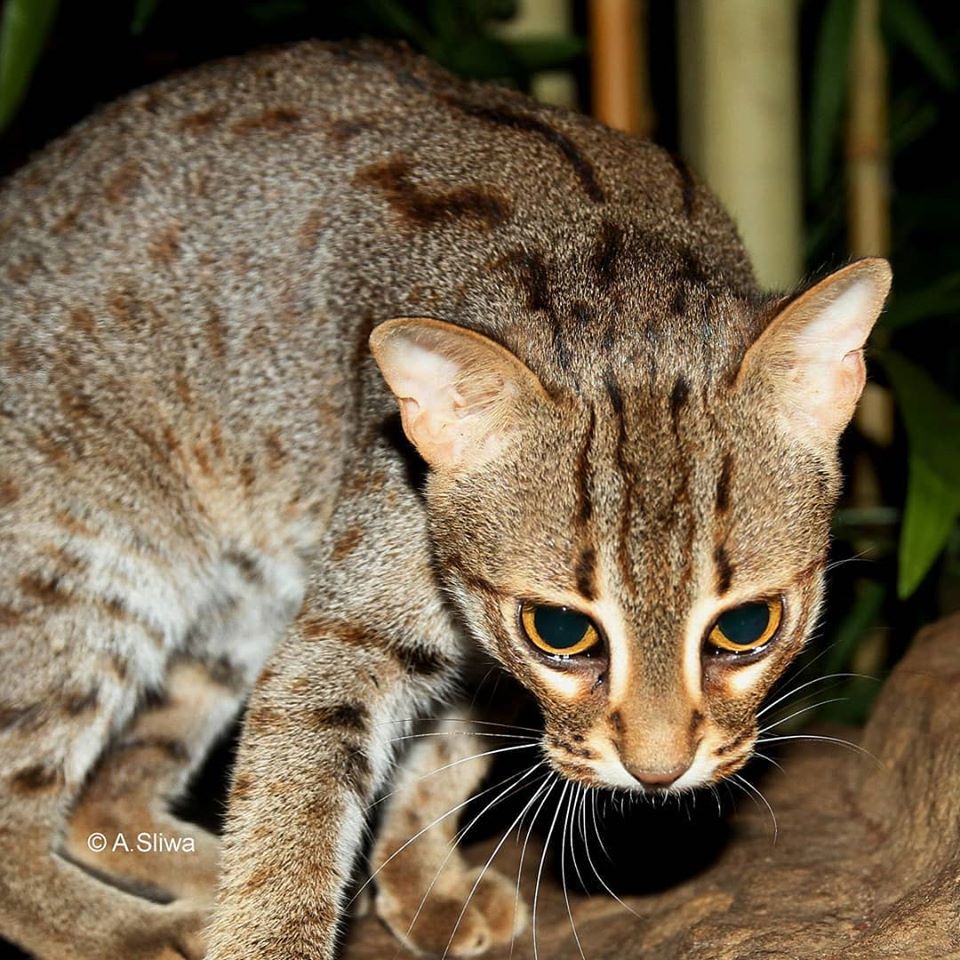Sand Cat Habitat Needs

The TAG recommends an SSP with a target population of 80 individuals all to consist of F.
Sand cat habitat needs. Its 57 cm short ears are set low on the sides of the head aiding detection of prey moving underground. The sand cat is one of many endangered species that are being breed in captivity. It prefers areas of sparse vegetation mixed with sandy and rocky areas which supports rodent and small bird prey.
They are found in very arid habitats with little to no vegetation. Two populations exist one that is hybridized and another derived from an Israeli population. Sand cats live exclusively in desert regions.
With its sandy to light grey fur it is well camouflaged in a desert environment. Its foot pads are covered with thick hair. Sand cats prefer a very dry arid habitat with little vegetation for which they are well adapted.
It can be found at syr darya river and kyzylkum desert etc. The sand cat is the only felid found primarily in true deserts. Number of sand cats decreased drastically in the past couple of decades due to habitat loss poaching.
These felines also prefer a very dry arid habitat with little vegetation as well as flat or rolling terrains. It is essential that you work with the local people to make them more aware of the asset the sand cat that they have on their doorstep and to protect it. Instead they live in dry sandy plains and rocky valleys.
Prey capture is facilitated by the sand cats highly sensitive ears which are large and triangular and capable of detecting noises from animals both above and below the surface of the sand. Sand cats have a long history of living in North American zoos but have been poorly managed. This video narrated in French shows the dry flat desert habitat of the Sahara occupied by the African Sand Cat also known as the Sand Dune Cat.



















